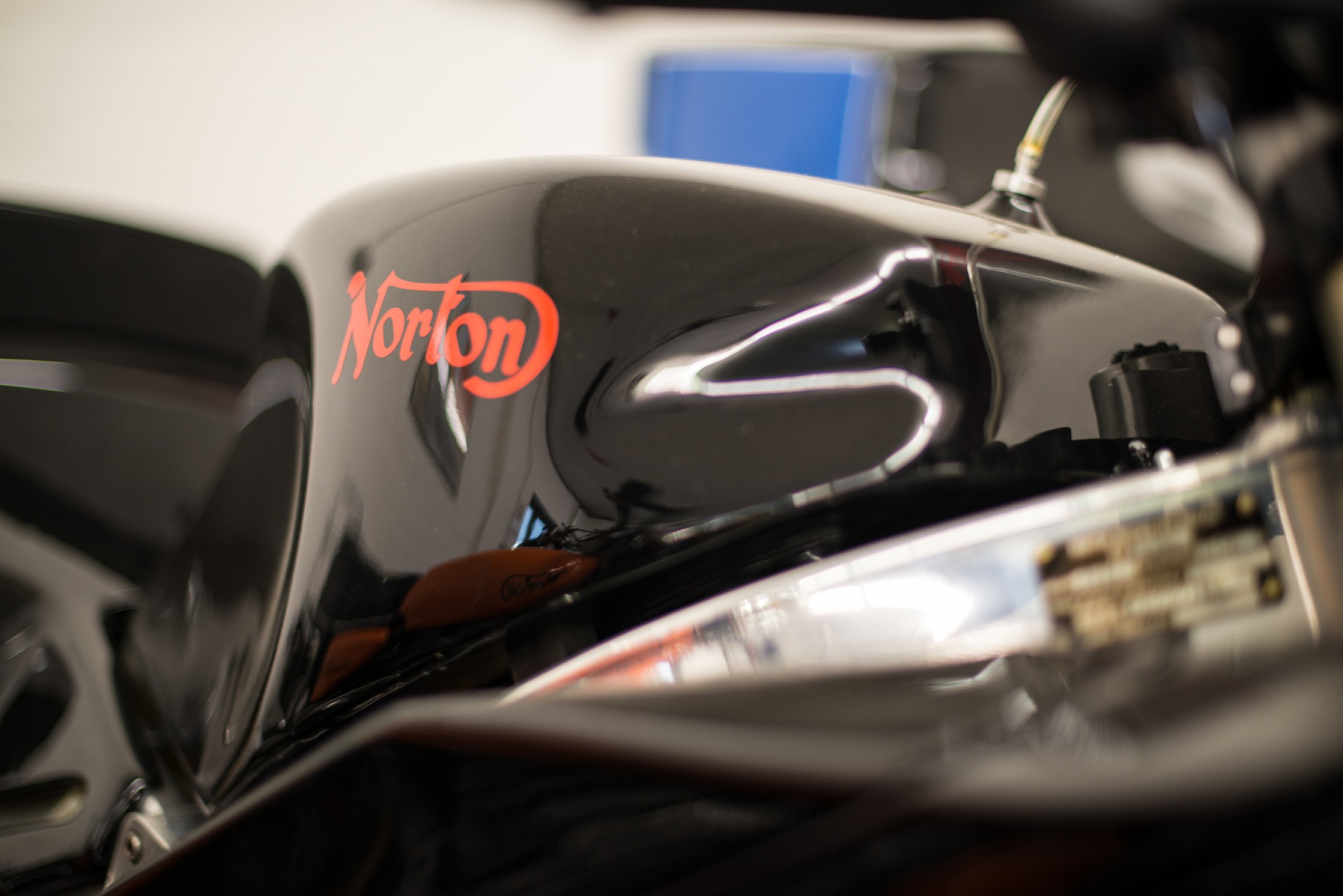- Joined
- Mar 12, 2012
- Messages
- 9
My 1968 Norton Commando has about 1400 miles on it since being restored. I've noticed that the front brake performance is a bit soft and would like to adjust it. I do most of my own work but I'm unsure how to proceed with this. I thought maybe the handlebar lever would be sufficient adjustment but it didn't do anything. I think I have to make the adjustment on the drum itself. I would appreciate a "how-to" on this. I've searched for videos but can't find any. Thanks!

